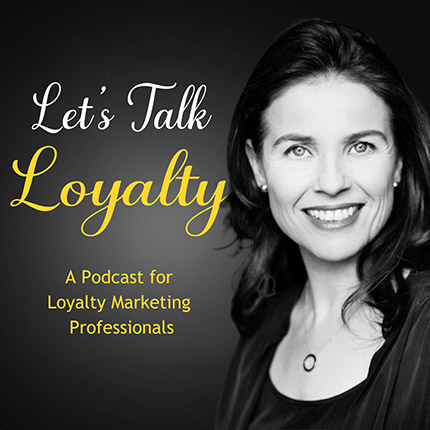Chapter 1: Start with the why
Different companies start loyalty programs for various reasons. For McDonald’s, it sprang from 3 reasons :-
1. Short-term delight: Customers were leaning toward digital experiences, and Mcdonald’s data showed that when customers order and pay for themselves on digital channels, it is a better experience, they are happier and more satisfied. A loyalty program is a great way to nudge more of them onto those digital properties.
2. Long-term value: McDonald’s didn’t have a way to identify individual customers and connect their transactions. A loyalty program could help do that and personalize more relevant experiences for customers.
3. Loyalty for keeps: They wanted a source of ongoing permission-based data to surprise or delight customers in ‘brand right’ ways.
Chapter 2: Identify and address core challenges
1. Mcdonald’s is an owner-operator franchise model. To get thousands of owner-operators to buy into it, they had to first prove it works.
Addressing the challenge: The global loyalty team created a sandbox and tested it in 12 markets, which then expanded to 50 via local teams. Can you believe the Mcdonald’s MyRewards program in the US only launched in 2021!?
2. Once they proved the business case, the bigger concern was making it work on-site at restaurants. McDonald’s is an operations-led business.
If it doesn’t work in the restaurants, it doesn’t work.
Addressing the challenge:
- Think through every possible scenario, for example, how the program could impact drive-through times or crew performance. What were the possible delays, operational issues, and hurdles on the ground that could impact a business that prides itself on efficiency?
- Invest time and energy in training frontline workers, with simulators for the crew to learn, earn points, and get excited about the program. The crew had to be evangelists for the program.
Chapter 3: Make it work
Different markets are going to have different priorities and cultures, from both a consumer and owner-operator perspective.
The ‘Freedom Within a Framework’ helped Mcdonald’s develop a value proposition that ‘thinks global and acts local’.
While the global team created the guidelines within which every market could play, creative execution was decentralized so each market could do what served its customers best.
For example, Australia is a coffee-first market, while the US is a breakfast-first market. Germany loves limited-time offers and monthly specials. Portugal likes to have non-food items on the reward menu. In the UK, you can donate points to charity.
To co-create the framework, and get everyone’s skin in the game, the ops, marketing, technology, and products teams came together as cross-functional squads at the global and local levels, meeting every day to finetune the mechanics.
To keep execution simple, they set 3 rules:
- Keep program mechanics easy, simple, and transparent
- Generally, stay within the program and brand guidelines
- Don’t create ‘unicorns’ or complications for the global tech stack. The goal was to not build things multiple times or for multiple different exceptions
Chapter 4: Grow it
Mcdonald’s loyalty strategy is focused on long-term customer relationships.
KPIs typically include:
- Frequency
- Retention
- Average check size of a loyalty member vs. someone who is not
- Percentage of customers using the program
- 90-day active users
Chapter 5: Is it working?
In their Q1, 2023 earnings call, Chief Executive Officer Chris Kempczinski said this about the program:
“My McDonald’s Rewards is yet another example of how we’ve tapped into our marketing engine to deploy our loyalty platform throughout the system. Now in 50 markets, loyalty is building even stronger relationships with our customers, and the results continue to shine.
In our top six markets, digital sales now represent almost 40% of system-wide sales, or nearly $7.5 billion, a growth of more than 30% over the last year.
We have nearly 50 million 90-day active members across these top markets, and our relationship with them continues to grow. We’re learning when they visit, how they visit, and what they buy with more and more of our sales coming through identified channels than ever before.”
-end-
Hear the full episode with Bess Cades Director, Customer Engagement Strategy and Lifetime Value for McDonald’s here
👉 Am I missing anything? Share your McDonald’s loyalty story with us below
👉Want more such insights from the world’s best loyalty programs each Monday? Sign up for Monday Moments here or share with a colleague to earn your Monday karma!


